The Rough Collie, renowned for its majestic appearance and gentle disposition, is a breed that captivates dog lovers with its elegance and intelligence. With its …
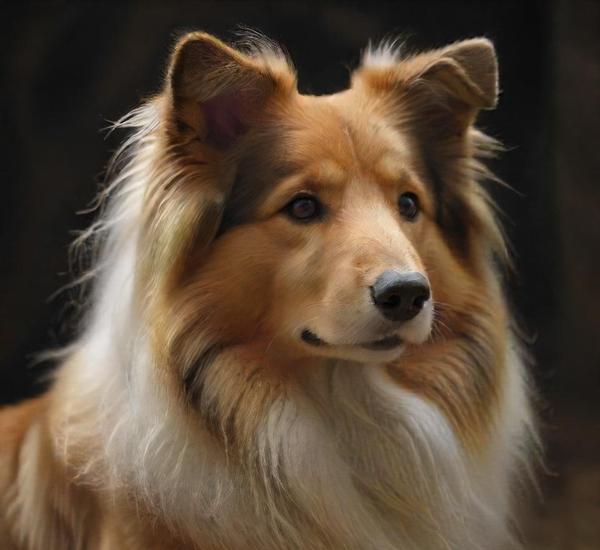
Happy Paws: All About Dogs

The Rough Collie, renowned for its majestic appearance and gentle disposition, is a breed that captivates dog lovers with its elegance and intelligence. With its …

Dachshunds, affectionately known as wiener dogs or doxies, are a distinctive and charming breed with a storied history and a unique personality. Originally bred in …
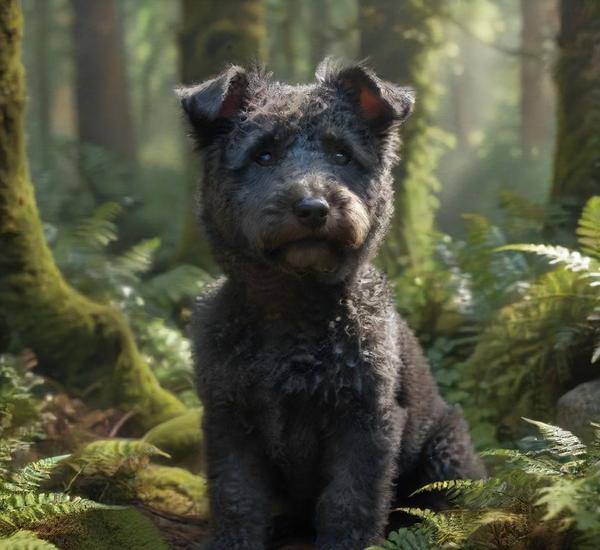
The Pumi dog breed, a captivating and dynamic herding dog, stands out for its distinctive appearance and energetic personality. Originating from Hungary, the Pumi is …
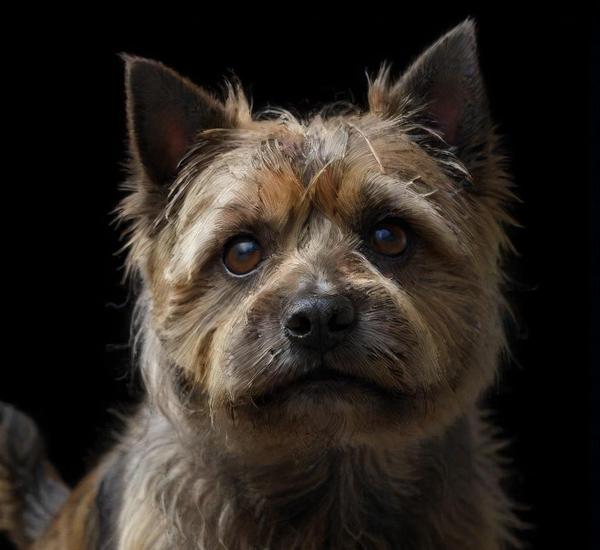
The Cairn Terrier, with its spirited personality and distinctive appearance, is a small breed that packs a big punch. Originating from Scotland, this charming terrier …

The Portuguese Podengo, an ancient and distinguished breed with roots tracing back to the Iberian Peninsula, is a remarkable testament to the rich heritage of …
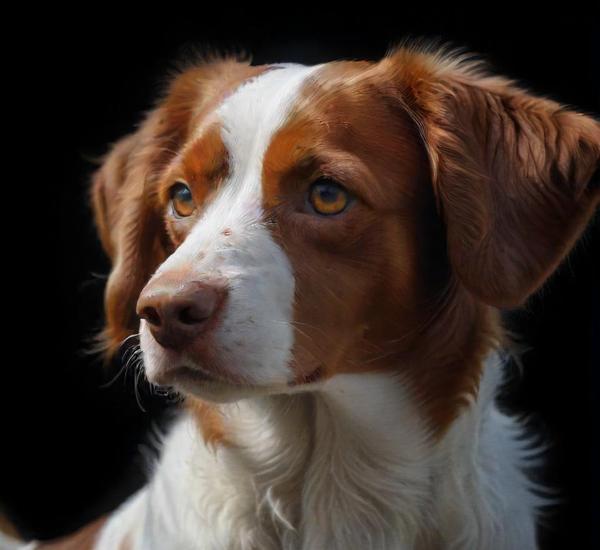
The Brittany dog, often celebrated for its boundless energy and affectionate nature, is a versatile and charming breed that has captured the hearts of many …
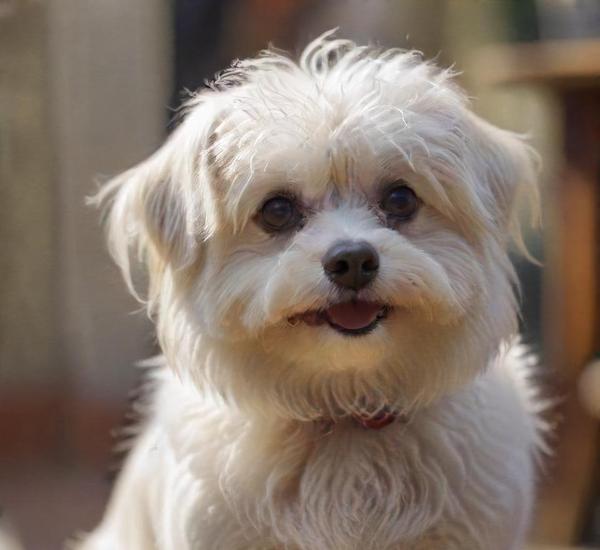
The Bolognese dog, a small and charming breed with a regal history, often steals hearts with its fluffy white coat and affectionate demeanor. Originating from …

The Dobermann, often celebrated for its striking appearance and remarkable intelligence, stands out as a breed of exceptional versatility and loyalty. Originating in Germany in …
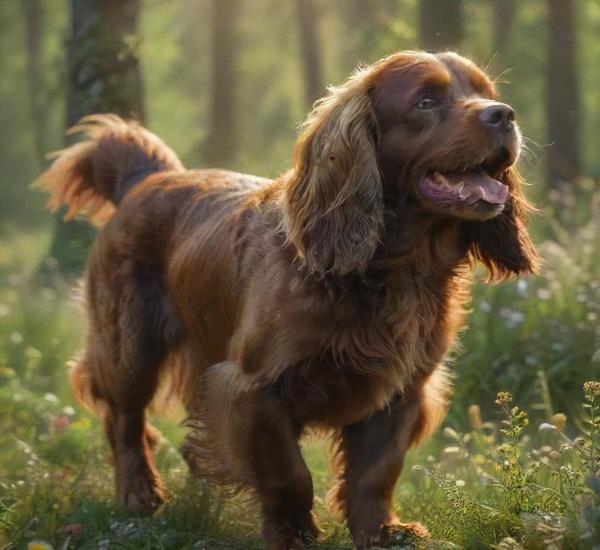
The Sussex Spaniel, a charming and relatively rare breed, is a delightful example of the versatility and character found within the world of spaniels. Originating …
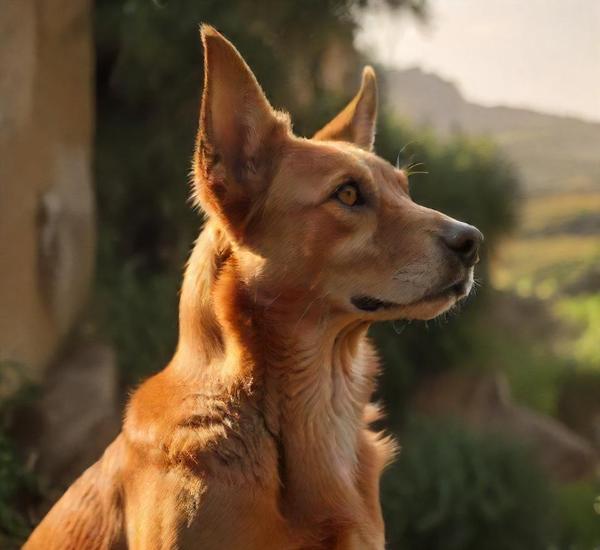
The Cirneco dell’Etna, a strikingly elegant breed, hails from the rugged landscapes of Sicily, specifically the slopes of Mount Etna. Known for their graceful, athletic …